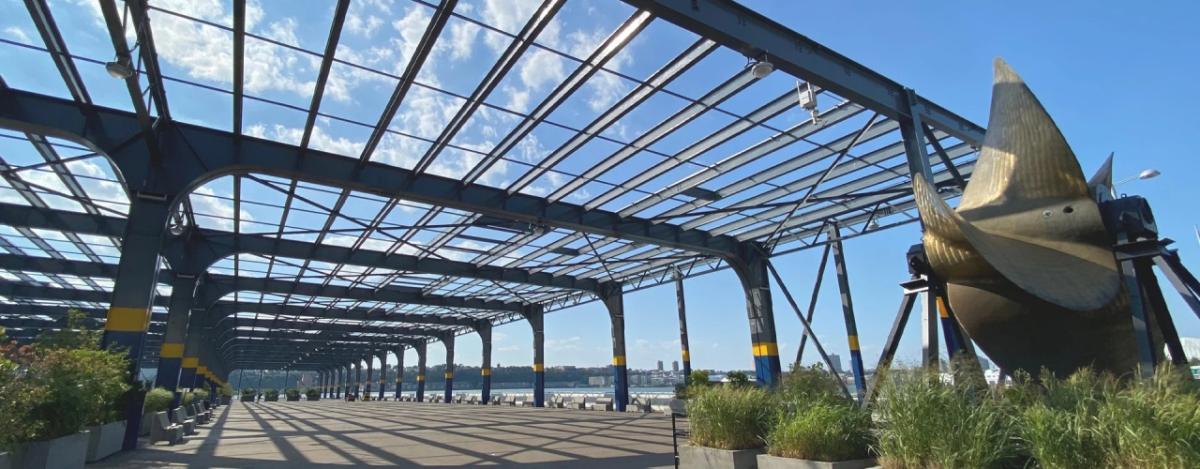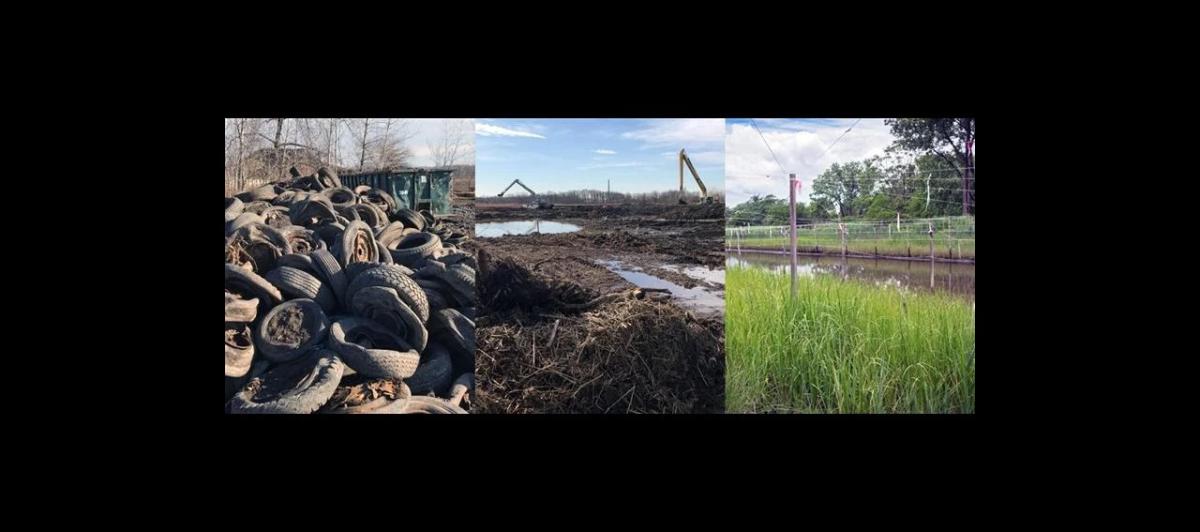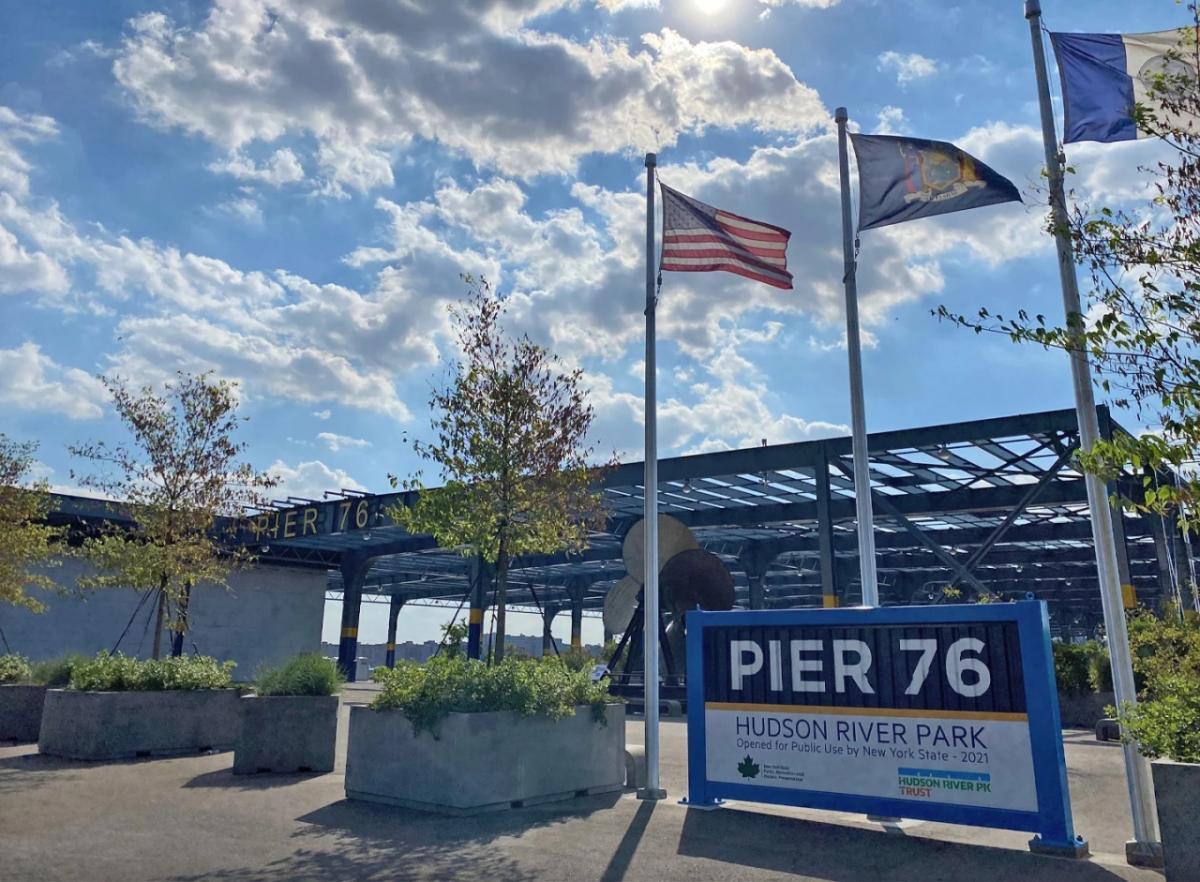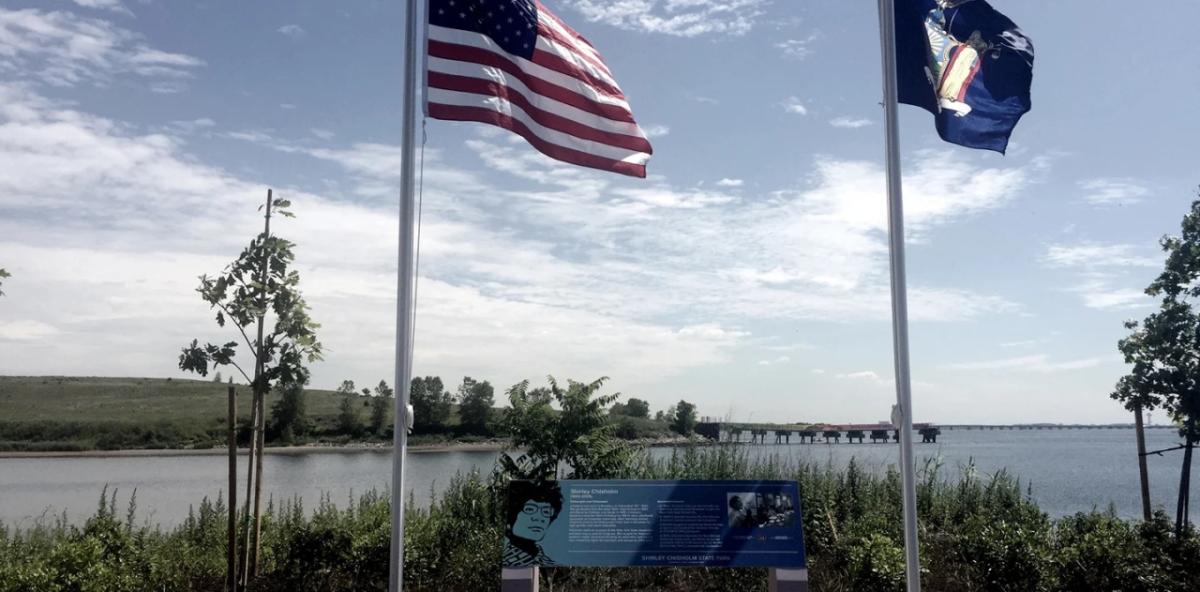From Landfill to Landscape: The Rebirth of New York City Parks
WSP played a key role collaborating with community organizations and agencies to convert unusable dumping grounds into restored public parks and natural habitats.
Where some see a toxic dumping ground of the past, WSP USA sees possibility for the future. The company’s planners, engineers, environmental specialists and resilience experts have been hands-on with dozens of challenging restoration projects.
The result is a detailed understanding of the complexities within unique restoration projects. Some of the key considerations when developing and executing plans to restore decrepit or even unusable spaces include:
-community involvement,
-environmental safety,
-species protection,
-hazard mitigation and clean up,
-water flow,
-land use, and
-resilience.
Here are a few of the New York projects in which WSP played a key role along with a variety of partners and community organizations.
Saw Mill Creek Wetland Mitigation Bank
The Saw Mill Creek project is the first wetland mitigation bank in NYC, located on the west shore of Staten Island. With WSP and other partners, the project has made meaningful improvements to water and sediment quality, plant and animal biodiversity and wildlife abundance.
The site borders industrially developed lands, salt marsh and coastal forests. As the first mitigation bank in the city, it serves as a model to future wetland restoration projects within often overlooked and marginal industrial zones. This project shows how degraded lands can become vital and find economically valuable new uses as wetland mitigation bank sites, serve the community as parks, and provide critically needed mitigation credits to support essential projects.
Prior to WSP’s work, extensive dumping of trash and fill occurred throughout the site for decades and required significant cleanup. Preconstruction sediment samples indicated that the site posed an ecological risk to wildlife due to toxic metals, pesticides and PCBs.
Restoration actions removed over 40,000 cubic yards of contaminated soils and 40 truckloads of tires and debris from the 54-acre site. In their place is the construction of tidal creeks and marshes planted with native vegetation.
It is now a thriving wildlife habitat and attractive public space.
Pier 76 at the Hudson River Park
New York State Office of Parks, Recreation and Historic Preservation sought to establish an interim, five-to-seven-year state park on existing Pier 76 near Hell’s Kitchen.
Originally an industrial area bustling with tanneries, meat-packing plants and horse barns, the pier attracted laborers and dock workers. Later it served as a freight hub for the United States Lines, and then housed the New York Police Department’s Tow Pound.
Renovating Pier 76 became a priority of the Governor’s Office in order to provide outdoor open space relief during the COVID-19 pandemic.
As the project engineer of record, WSP was responsible for the abatement, demolition of the exterior walls and roof of the existing tow pound, removal of the tow pound utility infrastructure, site demolition, milling and paving, construction of an electrical and communication room, lighting, perimeter barriers, signage, planters, site furnishings and graphic elements.
The structure’s steel skeleton remains at the 5.6-acre site, with new areas to walk around, benches to sit and enjoy the waterfront views, and panels highlighting the area’s history as a major shipping port.
Shirley Chisolm State Park
Shirley Chisholm State Park is a transformative project that encompasses 407 acres of land on the Brooklyn, New York waterfront. Now the largest State Park in New York City, it sits atop two active landfills, which had previously restricted visual and physical access to Jamaica Bay.
The new park contains a range of opportunities for the public to enjoy the beauty of the site with elements of ecological restoration.
WSP served as prime consultant and led project management, design and construction support. Project elements feature lawn and raised landscape patio areas, water access locations including a dock and gangway, shade structures, park entrance roads, pedestrian paths and sidewalks, wayfinding and signage, site lighting and an overall invasive species control plan.
The project required extensive coordination with both state and federal agencies including the New York State Department of Environmental Conservation, New York City Department of Environmental Protection, New York City Parks, New York State Department of Transportation, New York City Department of Transportation and the National Park Service.
Two important needs of this park were activity space and shade. These two features helped transform the park into an oasis of natural beauty and life.
Because of drainage, settlement and loading limitations on the existing landfill cap, WSP came up with a unique system of geofoam, glass aggregate, petroleum resistant membrane and drainage mat. The system was utilized to create landscape atop the landfill.
This system was unique in application as well. It was being constructed in an elevated location (over 100 feet) in an area with high winds (up to 110 miles per hour). Yet, the system still conformed to the shape of a natural landform. The finished system underneath the soil and plantings is evocative of a jigsaw puzzle.
Topping it off, Michael Van Valkenburgh Associates, the architect that created the amphitheater-like design, along with soil scientist Tim Craul, found a way to plant shade trees on and around it.
This team had to utilize a limited list of approved plant species not only because of the ecological limitations, but also because of nearby John F. Kennedy International Airport. The Port Authority restricts trees that could have multitudes of birds nesting nearby. Regardless of these restrictions, the Skybowl (as it is named) provides relaxing overlooks to Jamaica Bay and skyline views of the surrounding city.
Shipping containers that have been repurposed as education centers and yurts are located on both sides of the park. These structures are used for similar learning, but also include information on wetlands, coastal protection and, of course, Shirley Chisholm herself.
[To subscribe to Insights, contact the editorial staff at insights@wsp.com.]





